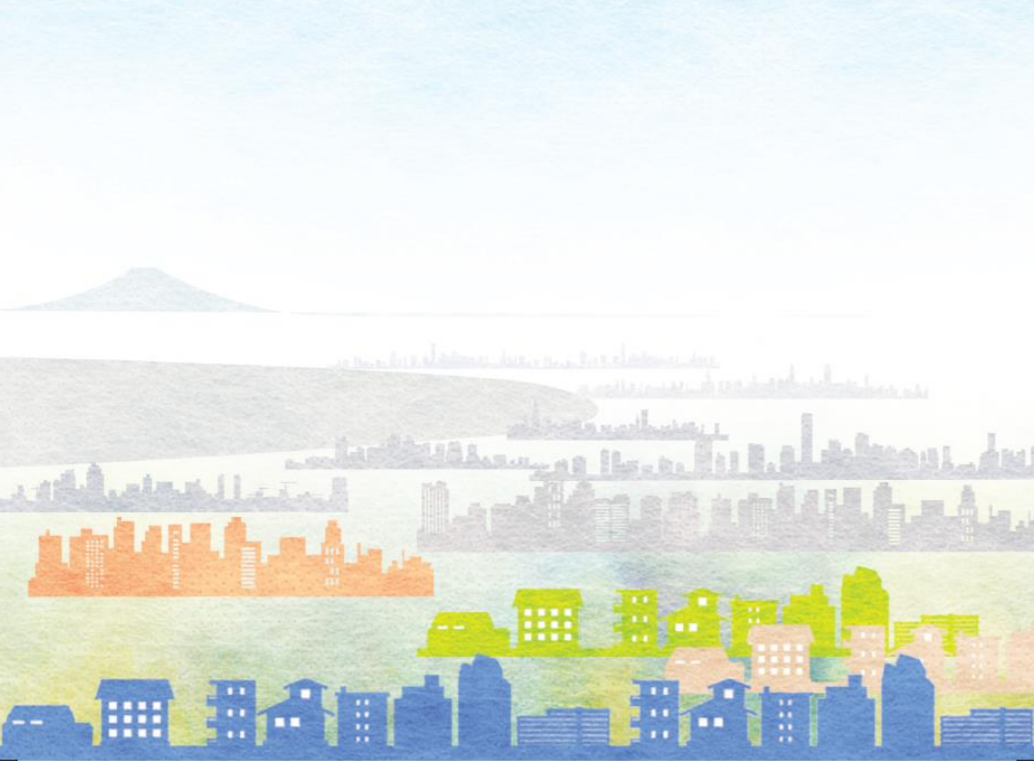Location, Implication, and Ordering
As mentioned in my essay No. en8 , the policy decision-making of a society has various influences on future generations of the society. Let us consider, for example, the policy decisions made by the Japanese government at the time concerning the Sino-Japanese War that began with the Marco Polo Bridge Incident (also known as the Lugou Bridge Incident) in July 1937, and the Pacific War that began in December 1941 when Pearl Harbor was attacked. The policy decision-making also resulted in a negative legacy for the post-war Japanese generations who had no involvement in the Sino-Japanese or Pacific Wars.
This is an example of the externality of policy to future generations, like the externality of the measures against global warming that we considered previously, and can be called “intertemporal externality of policy.”
What is important when comprehensively researching policies is how to define the location, implications, and ordering in identifying societies, cultures, history, social problems, policies, and people in a space-time universe composed of a time axis and a space axis. As a person with Japanese nationality today, how each person defines the location, implications, and orderliness regarding the historical matters of the Sino-Japanese War and the Pacific War may change human activities that try to make the present-day Japan a “better society”. Not all Japanese have enough information about these wars. If the cost is greater than the benefit by weighing the benefits and costs of obtaining additional information, then no further information will be acquired and information will be lacking. This situation is called “rational ignorance” in the literature of public choice that analyzes political processes from an economic point of view.
Historical experts, governments, schools and the media in Japan and abroad have provided information on the Sino-Japanese War and the Pacific War to people in a rational ignorance situation. However, the information is just the particular information selected from the particular window of the information provider. Based on such information, each person defines the location, implication, and orderliness regarding the Sino-Japanese War and the Pacific War. Location, implications, and orderliness regarding not only war but also the subject of consideration can be defined as follows.
Location makes the matter clear in a categorized category and identifies its positional relationship. Implications give the matter a narrative meaning from a particular perspective. Ordering is to prioritize the activities to be carried out on a topic based on the location and implication of the matter.
(Author: Akira Yokoyama)
This essay is the English version of No. 58, September 3, 2019 on the Japanese website.
